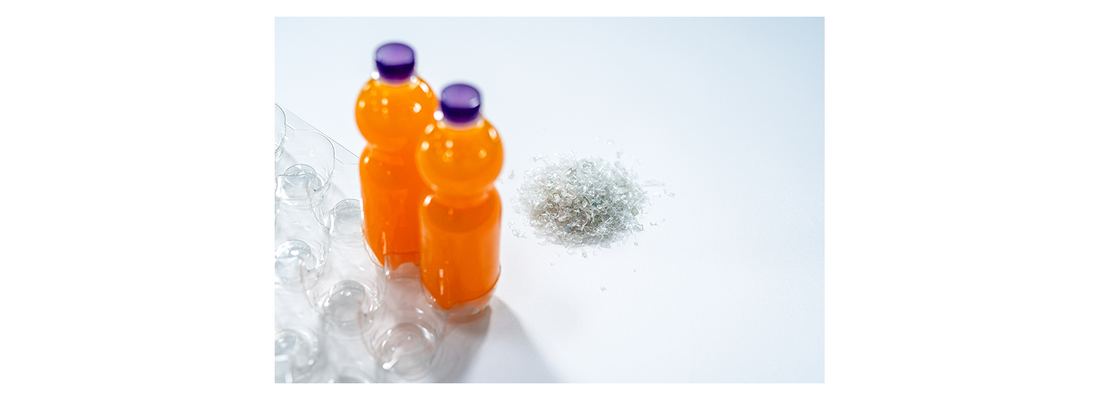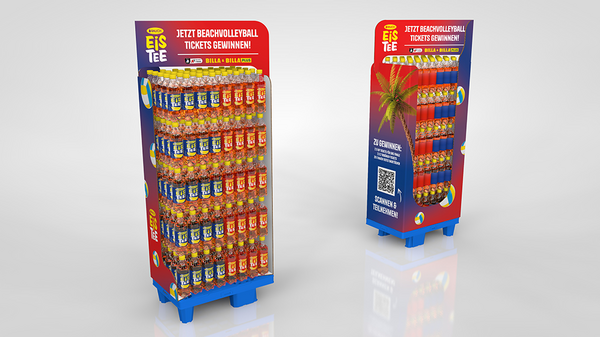- In addition to bottles made from 100% r-PET, Rauch now also uses trays made from 70% recycled PET
- Tray-to-tray recycling reduces dependence on the PET bottle flow - Waste from yellow bags is used as the basis for recycled trays
- The trays are produced by the Greiner Packaging business unit Greiner Assistec, which specializes in the production of customer-specific plastic parts
Supermarket shoppers are all familiar with them: practical trays from which beverage bottles can be removed quickly and easily. They allow for efficient, space-saving, and safe transport of bottles and save supermarket employees the time-consuming task of putting them on the shelves. Taking a further step towards sustainability, Rauch Fruchtsäfte will in future be using beverage trays made of recycled material – the new trays are made of 70% recycled PET.
Waste acquires new value
Material taken from yellow bags is used for the beverage trays. In the course of a project, it was proven that r-PET flakes can be produced from post-consumer material by means of thorough pre- and postsorting followed by shredding and washing. From these flakes, a PET film (70% recycled material) is subsequently extruded, which is then thermoformed into r-PET trays by the Greiner Packaging business unit Greiner Assistec. In terms of quality, the recycled trays are in no way inferior to beverage trays made of new material.








